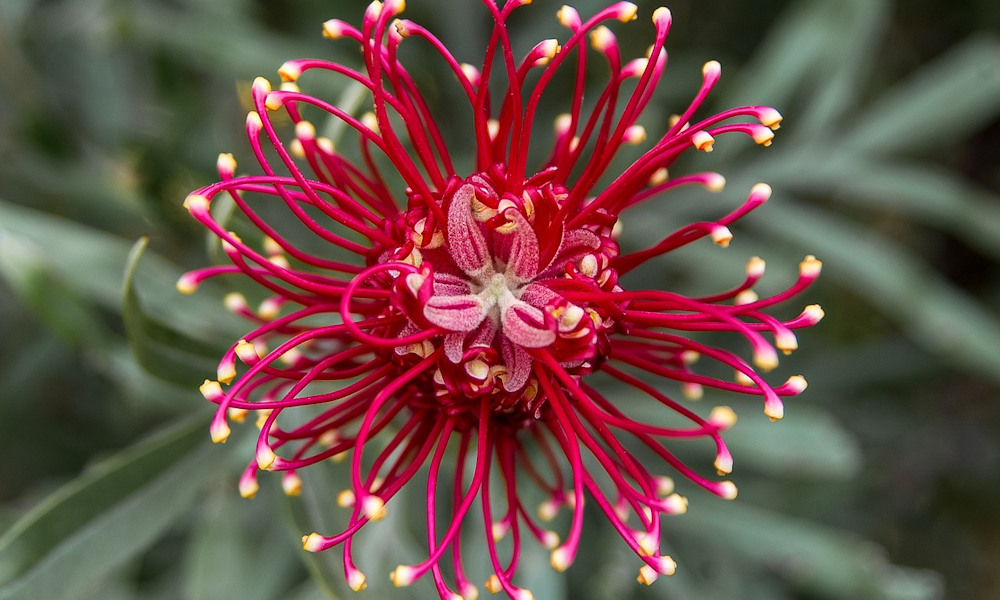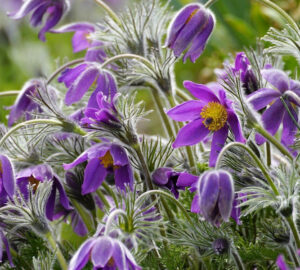Are you looking for a unique and striking addition to your garden? Look no further than the spider flower, also known as Grevillea. Native to Australia, these plants are known for their vibrant colors and nectar-rich blooms that attract birds and other pollinators.
Grevillea, also known as spider flower, is a diverse genus of flowering plants that belongs to the family Proteaceae. Native to Australia, these plants are known for their unique and striking appearance, making them a fantastic choice for garden owners. Let’s delve into some key aspects of spider flowers:
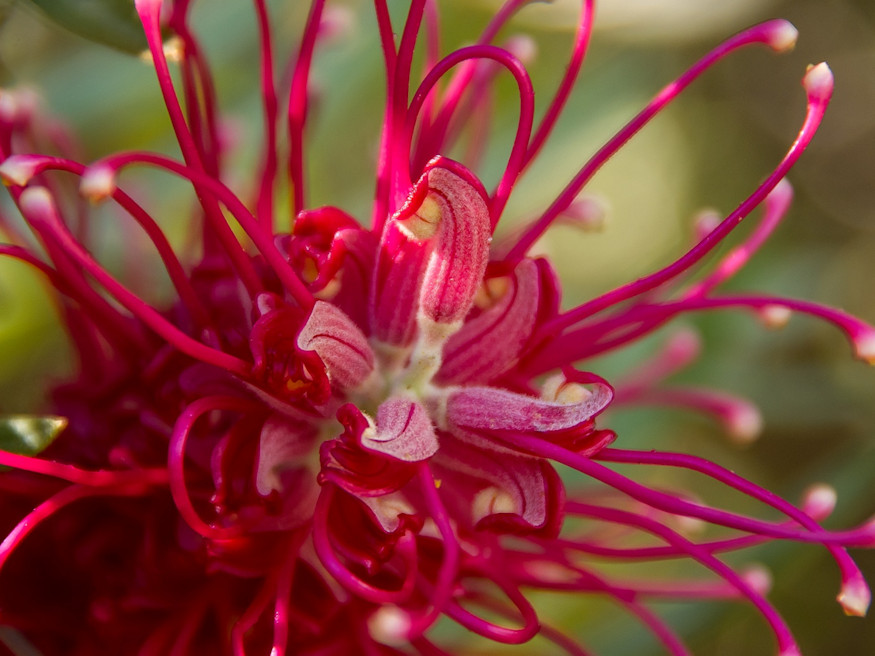
Origin
Grevillea plants are primarily found in Australia, where they are native to various regions across the country. The genus was named after Charles Francis Greville, a renowned 18th-century British horticulturist and a co-founder of the Royal Horticultural Society.
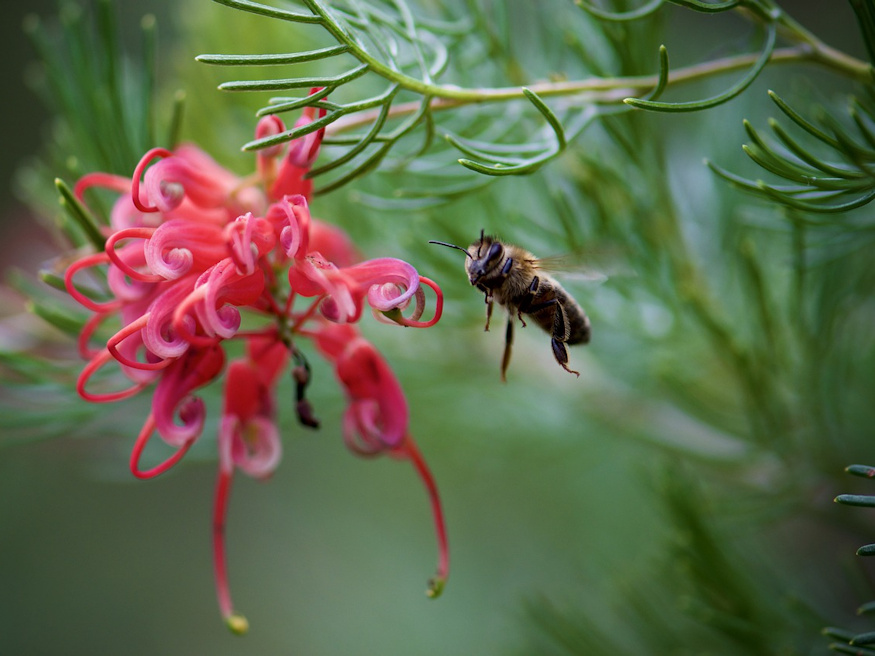
Appearance
Spider flowers display a wide range of forms, but they typically have long, slender leaves that can be either needle-like or fern-like. The flowers of Grevillea are the main highlight, bearing a resemblance to spider legs or brushes, hence the common name. The flowers are often vibrant and come in various colors, including shades of red, orange, pink, yellow and white. They are rich in nectar, attracting birds, bees and other pollinators.
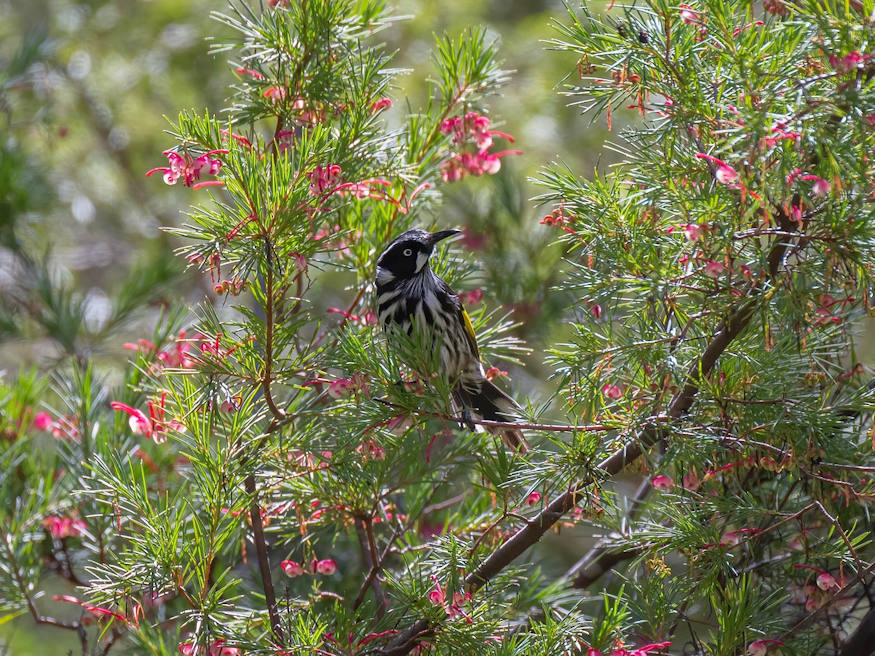
Growing Conditions
Grevilleas are adaptable and can thrive in different climatic conditions. They are generally well-suited to warm and temperate regions. While specific requirements may vary depending on the species and cultivar, most Grevillea plants prefer well-draining soil with good airflow. They can tolerate various soil types but prefer slightly acidic to neutral pH levels. These plants generally require full sun exposure for optimal growth and flowering.
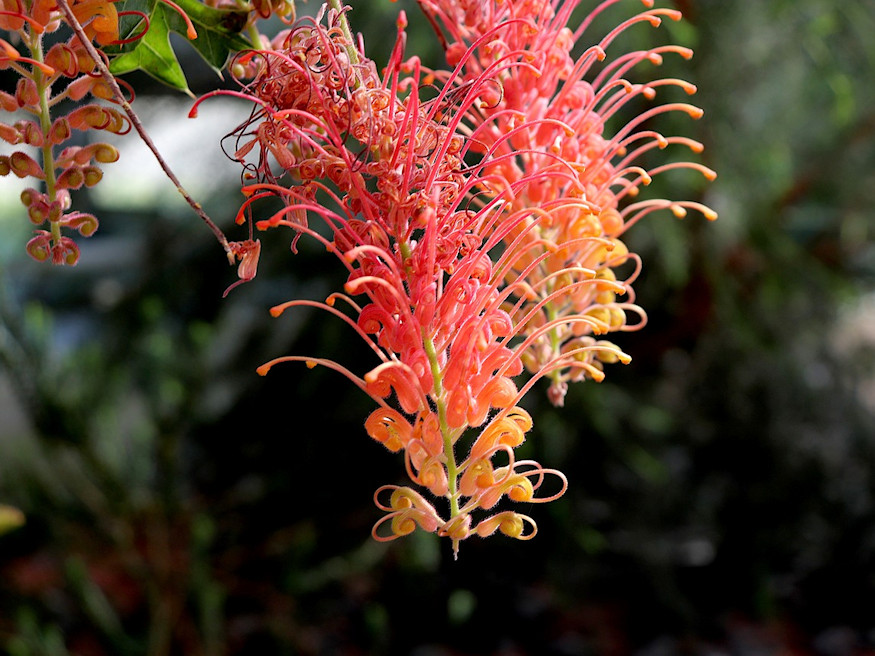
Cultivation Techniques and Garden Care for Grevillea
While spider flowers are generally low-maintenance and adaptable, a few key cultivation techniques and proper garden care can enhance their health and beauty.
1. Location and Soil: When considering the cultivation of Grevillea, selecting the right location is essential. These plants thrive in well-draining soil with slightly acidic to neutral pH levels. While they are resilient and can tolerate various soil types, providing them with a location that receives ample sunlight and good air circulation is crucial for their overall growth and flowering potential.
2. Watering and Irrigation: Grevillea’s water needs can vary depending on the specific species and local climate conditions. Generally, it’s best to water them deeply but infrequently. This encourages the development of a robust root system that can access moisture from deeper soil layers. Avoid overwatering, as Grevillea is sensitive to waterlogged soil, which can lead to root rot. Mulching around the base of the plant helps retain moisture and suppress weed growth.
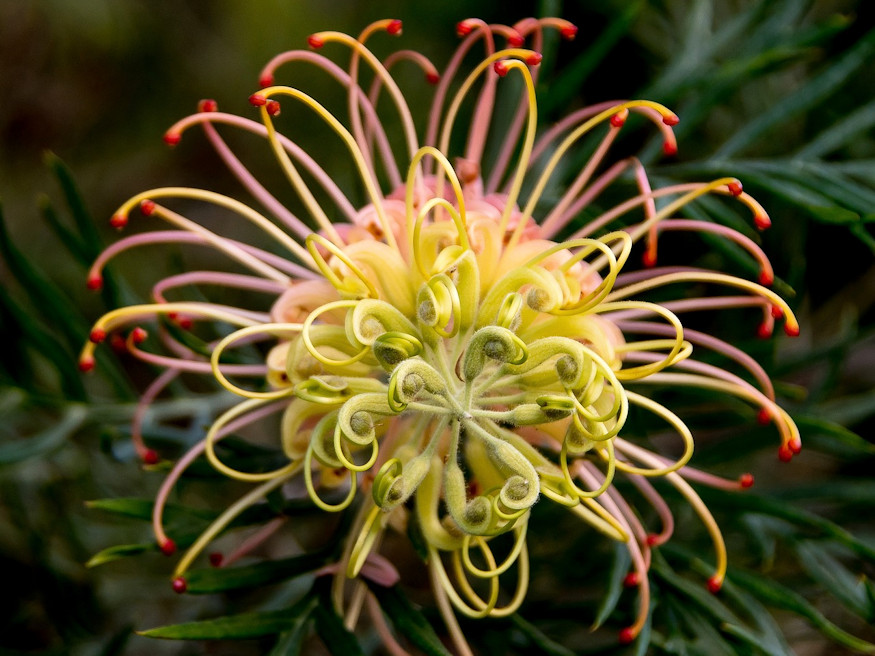
3. Pruning and Deadheading: Regular pruning is a vital aspect of maintaining healthy and well-shaped Grevillea plants. Prune away any dead or diseased branches to encourage new growth and prevent the spread of pests or diseases. Additionally, deadheading spent flowers not only keeps the plant looking tidy but also promotes continuous blooming throughout the growing season.
4. Fertilization: Grevillea plants benefit from a balanced fertilizer application during their active growing season, typically in spring and early summer. Using a slow-release fertilizer high in phosphorus can help promote vibrant flowering. Be cautious not to over-fertilize, as excessive nutrients can lead to excessive foliage growth at the expense of flowers.

5. Pest and Disease Management: Grevillea is generally resistant to most pests and diseases, but occasional challenges may arise. Keep an eye out for aphids, spider mites and scale insects. If detected, promptly treat the affected plants with appropriate insecticides or insecticidal soap. Ensuring proper spacing between plants and providing good airflow can help prevent such issues.
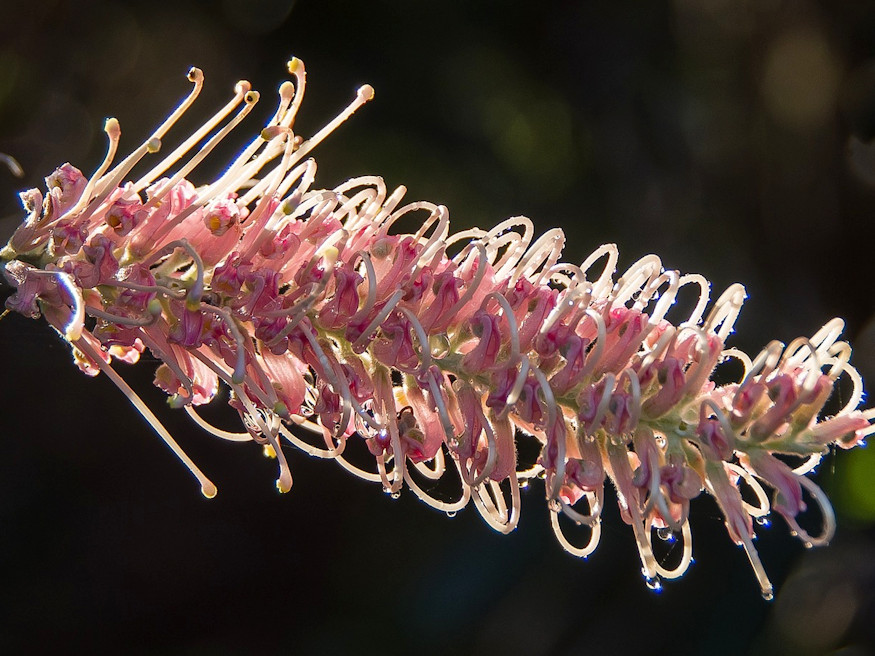
Low Maintenance
Spider flowers are favored by many garden owners due to their low maintenance nature. Once established, they are generally drought-tolerant and can withstand dry periods. They also have a moderate tolerance for frost, though this may vary among species. Grevilleas are known for their ability to attract birds and other wildlife to the garden, adding a lively and vibrant touch to outdoor spaces.
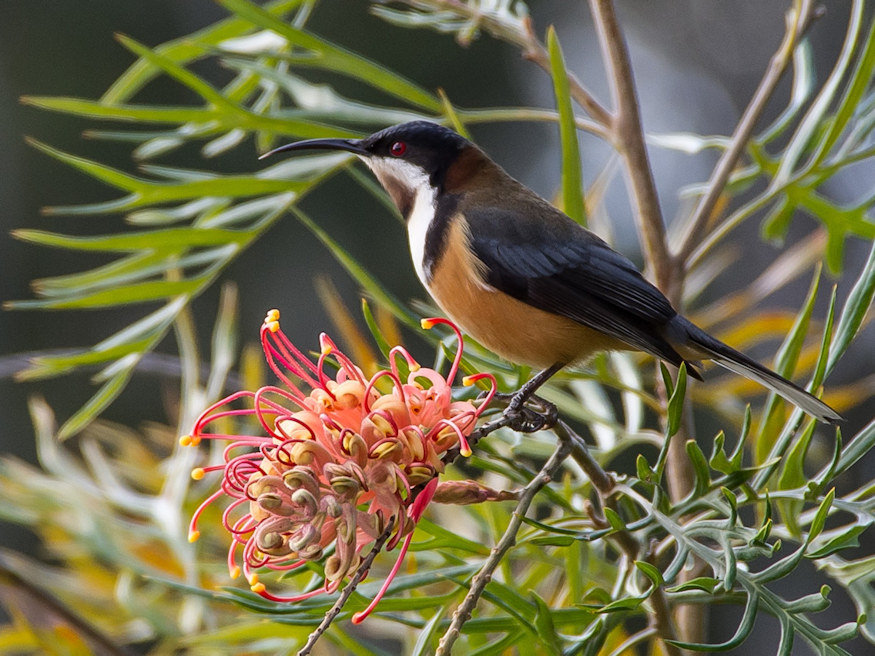
Garden Benefits
Adding spider flowers to your garden can offer numerous benefits. The nectar-rich blooms attract pollinators, aiding in the pollination of other plants in your garden. The presence of birds can help control pests, promoting a balanced ecosystem. Additionally, Grevilleas can be used as a hedging plant, providing privacy and windbreaks, or as ornamental features in flower beds or containers.

Choosing the Right Grevillea for Your Garden
With so many Grevillea varieties available, selecting the most suitable one can enhance your garden’s beauty and support local biodiversity. Consider the following factors when making your choice:
- Garden size: Compact cultivars such as Grevillea ‘Robyn Gordon’ or ‘Superb’ are perfect for small spaces or containers, offering vibrant blooms and manageable growth.
- Purpose and structure: Taller varieties like Grevillea ‘Moonlight’ work well as screening plants and create year-round visual interest in larger gardens.
- Climate adaptability: Grevilleas vary in frost tolerance. Always check the plant’s hardiness to ensure it matches your region’s conditions.
- Wildlife support: All Grevillea types attract pollinators like bees and nectar-loving birds. Choosing the right one helps create a wildlife-friendly environment.
In conclusion, cultivating Grevillea in your garden can be a rewarding experience, provided you follow these essential care techniques. With attention to location, watering, pruning, fertilization and pest management, you can enjoy the stunning beauty and unique charm of Grevillea while ensuring its longevity and vitality in your outdoor space.
However, it’s important to note that while Grevilleas are generally low maintenance, specific care requirements can vary between species and cultivars. It’s advisable to research the specific variety you’re interested in and consider the climate and conditions of your garden before planting.



